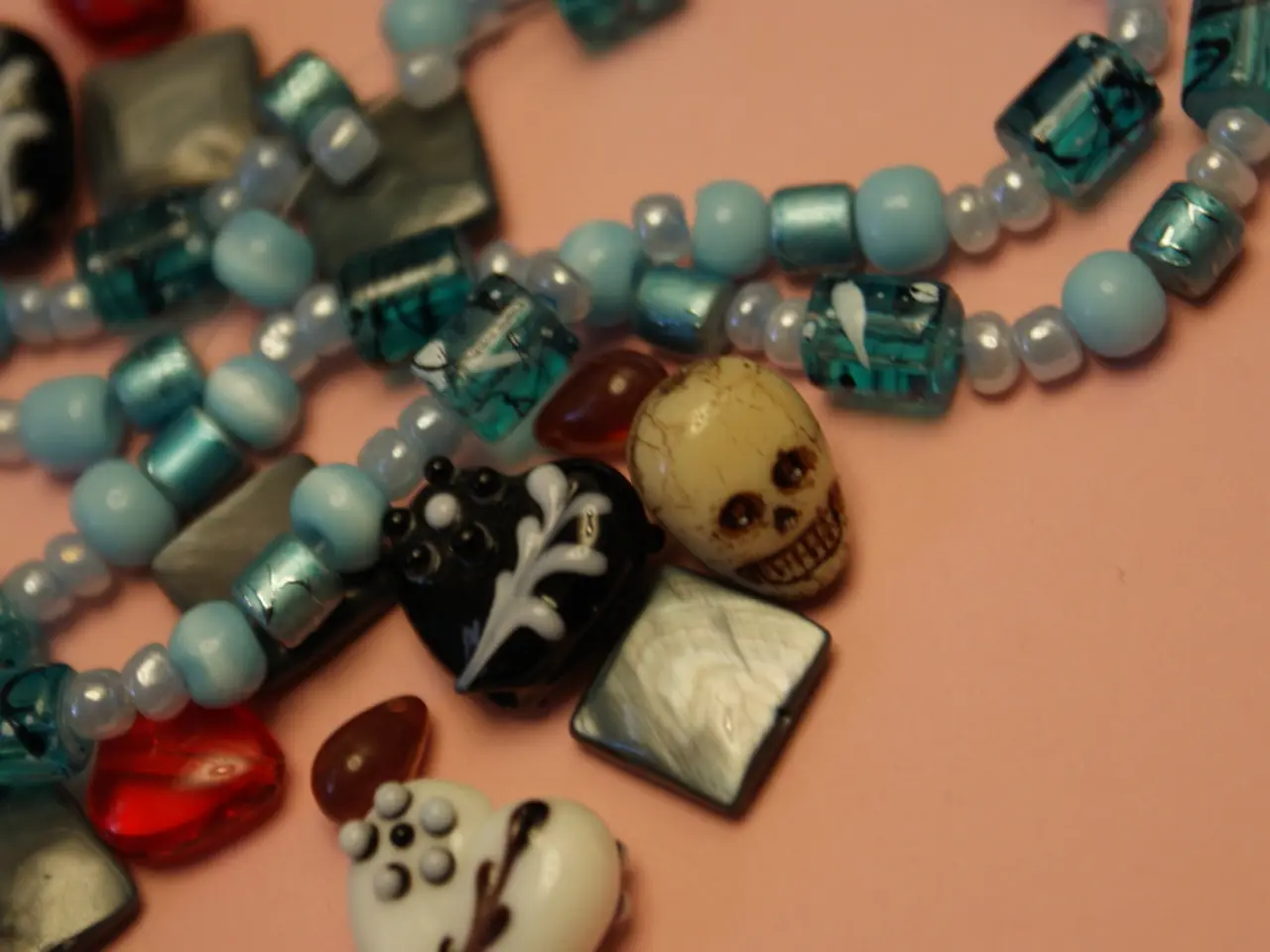Expansion Trends in the Medical Ceramics Sector: Revealing Current Developments
The medical ceramics market is witnessing a surge in growth, driven by the increasing demand for biocompatible materials in orthopedic and dental applications, an aging population, and rising healthcare spending.
One of the key factors fueling this growth is the use of medical ceramics such as alumina and zirconia in reconstructive and replacement procedures. These materials, favored for their compatibility with the human body and mechanical strength, are playing a crucial role in supporting a wide range of medical implants and devices.
Another significant driver is the rising aging population and increased healthcare expenditure. As our demographic shifts towards an older population, the demand for durable medical implants and devices increases, coupled with greater healthcare investments and complex surgical needs.
Advances in nanoceramic powders and coatings are also contributing to the growth of the medical ceramics market. Enhanced material properties such as wear resistance, corrosion resistance, and bioactivity through nanotechnology are improving device performance, supporting broader biomedical applications.
The integration of 3D printing and additive manufacturing technologies is another trend shaping the medical ceramics market. Ceramic 3D printing enables complex shapes with minimal waste, customization, and accelerated manufacturing processes, expanding possibilities in medical devices and implants.
The Asia-Pacific region is leading the growth in the medical and transparent ceramics market, due to technological advancement, government support, and increasing market penetration of ceramic materials in healthcare.
The medical ceramics market prioritizes safety and efficacy for patient care, and the manufacturing of medical ceramics involves intricate processes, stringent control of raw materials, precision in manufacturing, and ensuring biocompatibility.
In North America, the medical ceramics market is dominated by advanced healthcare infrastructure, a focus on quality patient care, and strong regulatory frameworks. However, emerging regions like Asia-Pacific and Latin America represent significant growth potential.
The medical ceramics industry is a mix of well-established companies and innovative startups, all vying to capitalize on market opportunities. The latest trends in the medical ceramics market include new materials, customization, biodegradable ceramics, advanced coatings, and redefined applications in orthopedics, dentistry, and bone regeneration.
Emerging startups are shaping the future of the medical ceramics market with fresh perspectives and breakthrough technologies. The integration of 3D printing technology holds vast potential for the medical ceramics market, allowing for complex structures, customized implants, and speeding up production times.
In conclusion, the medical ceramics market is experiencing rapid growth due to its vital role in various healthcare applications. The amalgamation of demographic changes, technological innovation in ceramics materials and manufacturing, and expanding biomedical uses underpins the market's growth trajectory, with projected CAGR rates around 6.8-8% over the coming years.
- The incorporation of nanotechnology in medical ceramics, such as nanoceramic powders and coatings, is boosting device performance and expanding biomedical applications, with enhancements in properties like wear resistance, corrosion resistance, and bioactivity.
- Concurrently, watercolor artists have been exploring innovative techniques by experimenting with various ceramic materials and pigments, creating vibrant and intricate artworks that spotlight the versatility and aesthetic potential of ceramics beyond their traditional medical applications.




